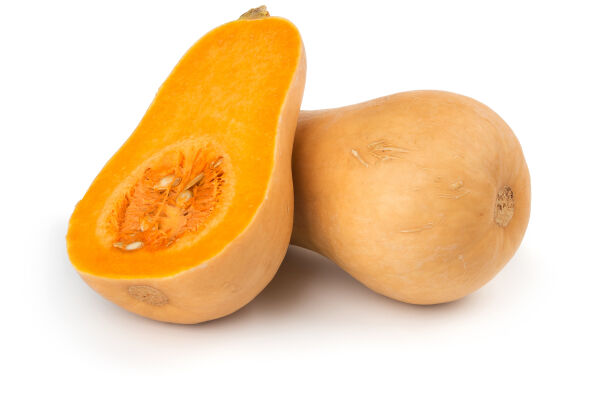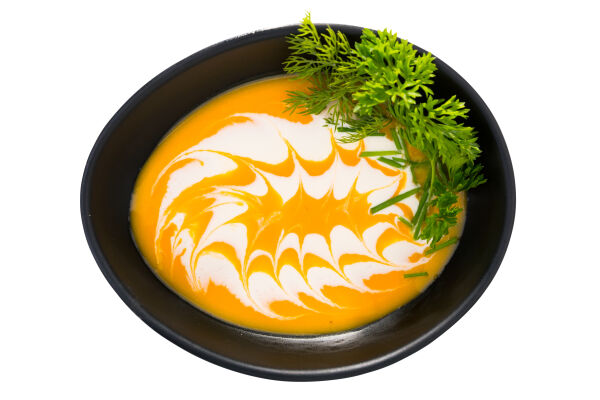Butternut Squash
Butternut Squash is a type of fruit commonly used in grain dishes, salads, side dish, and much more!
The flavor profile for butternut squash can be described as moist and sweet.
Butternut Squash contains over 18+ nutrients including 10 vitamins and 8 minerals. Butternut Squash is also sodium free and trans fat free.
Vegan
Vegetarian
Paleo
Gluten Free
Uses For Butternut Squash
There are 4 uses for butternut squash. Find your use and start enjoying this tasty food today!
Tips
Great ideas for purchasing, storing, and consuming butternut squash.
- Fresh is best, so look for a firm squash with taut skin. If it’s squishy or soft, pass on it—it won’t be very good.
- The flesh of the squash should be hard and light orange in color. It should not be soft or yellowish.
- The best way to store butternut squash is to leave it at room temperature, whole and uncut until it’s ready to be used. Be careful not to cut the squash until you’re ready to cook it, as the exposed flesh will quickly turn brown.
- The skin can be hard to cut through. If you’re having trouble cutting through it with a knife, try boiling over for about 15 minutes first.
- Butternut squash can be roasted or pureed into soup or baked as muffins, bread, and side dishes.
- When cooking, butternut squash tastes delicious when roasted alongside other vegetables such as potatoes or carrots.
Nutrition
Checkout the facts and figures to see how wealthy butternut squash is.
Nutrition Facts
1 Serving
Serving size
Butternut Squash - Fresh
100 Grams
100 Grams
Amount per serving
Calories
per serving
45
Amount/serving
% Daily Value*
Total Fat 0g
0%
Saturated Fat 0g
0%
Trans Fat 0g
Cholesterol 0mg
0%
Sodium 4mg
0%
Amount/serving
% Daily Value*
Total Carbohydrate 12g
9%
Dietary Fiber 2g
7%
Total Sugars 2g
Includes 0g Added Sugars
0%
Protein 1g
2%
Vitamin A 76%
·
Vitamin C 28%
·
Vitamin B6 12%
·
Magnesium 11%
·
Manganese 11%
·
Vitamin E 10%
·
Thiamin 9%
·
Niacin 9%
·
Copper 8%
·
Pantothenic Acid 8%
·
Folate 7%
·
Potassium 7%
·
Phosphorous 5%
·
Calcium 5%
·
Iron 4%
·
Riboflavin 2%
·
Zinc 2%
·
Vitamin K 1%
·
* The % Daily Value (DV) tells you how much a nutrient in a serving of food contributes to a daily diet. 2,000 calories a day is used for general nutrition advice.
Highlights
- Low in sodium.
- Excellent source of 2 micronutrients.
- Good source of 3 micronutrients.

